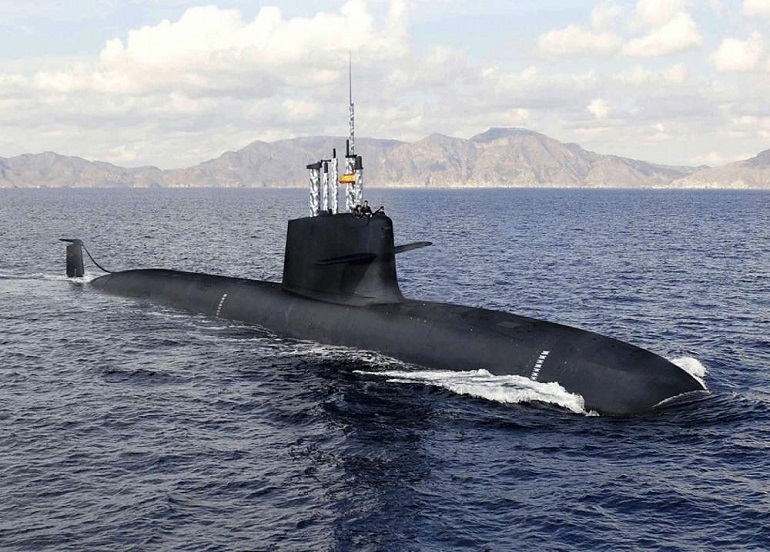- Views: 3K
- Replies: 25

Spain is making a bold move to secure the lucrative Project-75I contract, a multi-billion dollar deal to supply the Indian Navy with six advanced submarines.
The centerpiece of their offer is an invitation for Indian Navy officials to witness firsthand the capabilities of their cutting-edge Bioethanol Stealth Technology (BEST) Air-Independent Propulsion (AIP) system.
Trials will be conducted on the newly commissioned S-80 Plus-class submarine, a vessel that promises to boost India's underwater warfare capabilities.
Understanding AIP: The Submarine Game-Changer
Air-independent propulsion (AIP) systems allow conventional diesel-electric submarines to remain submerged for extended periods without the need to surface and recharge batteries.This drastically enhances a submarine's stealth factor and its overall operational range. The integration of advanced AIP technology is a key requirement for India's ambitious Project-75I.
Spain's AIP Advantage: BEST Technology
Spain's state-owned Navantia shipyard is touting its proprietary BEST AIP system as a clear winner over competing designs. This "third-generation" AIP technology leverages a bioethanol fuel-cell system to significantly prolong underwater endurance.Navantia asserts that BEST offers distinct advantages over the German-made fuel-cell AIP system used in the Type-214 submarine offered by ThyssenKrupp Marine Systems (TKMS).
Key Strengths of BEST
- Extended Endurance: Equipped with BEST, submarines can remain submerged for upwards of three weeks, a performance that rivals pure battery-electric propulsion systems, but with a much smaller acoustic signature for reduced detectability.
- Maximum Stealth: The BEST AIP system minimizes noise and emissions, making submarines even more elusive.
- Combat Proven: Unlike some competing technologies, the BEST AIP system has successfully completed land-based testing and has been integrated into the newly commissioned Isaac Peral, the first of Spain's S-80 Plus-class submarines.
Project 75I: High Stakes Competition
The Indian Navy's Project-75I is a major procurement program aimed at bolstering the country's submarine fleet with six next-generation vessels to be built domestically.This offers a significant opportunity to further advance India's indigenous shipbuilding capabilities.
Navantia's S-80 Plus and TKMS' Type 214 are among the frontrunners, alongside other potential contenders.
The Takeaway
Spain's invitation to the Indian Navy underscores the intense competition surrounding the Project-75I contract.The demonstrated capabilities of the BEST AIP system could be influential in swaying the decision.
Beyond pure technical advantages, factors such as technology transfer agreements, the degree of domestic production, and overall cost will all play a significant role in India's ultimate selection.
